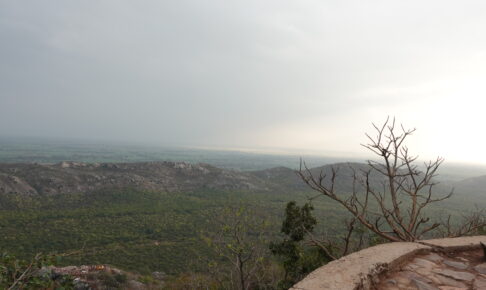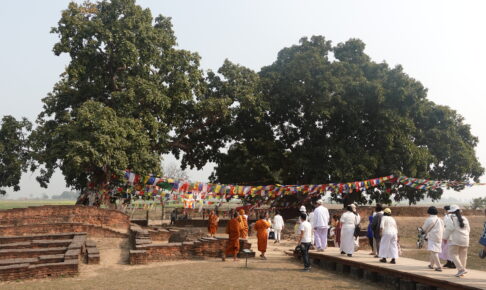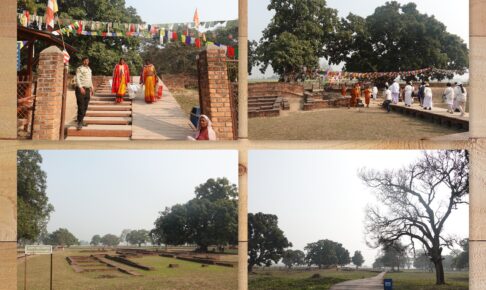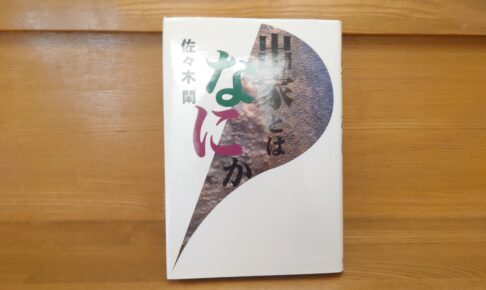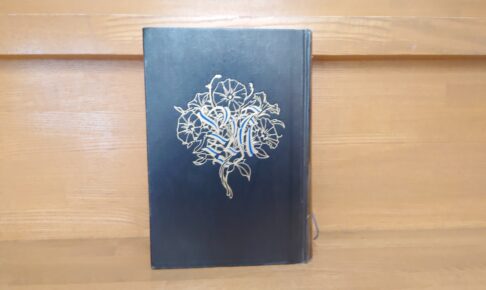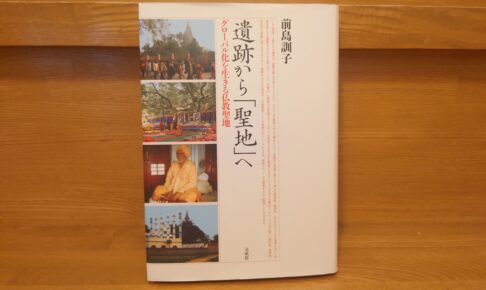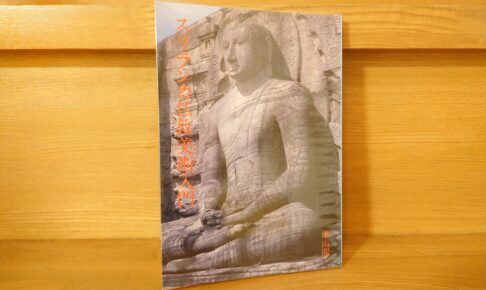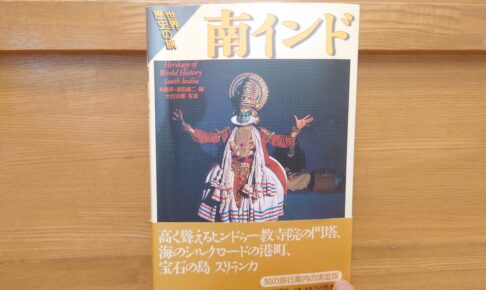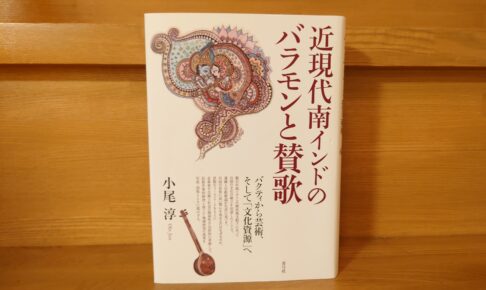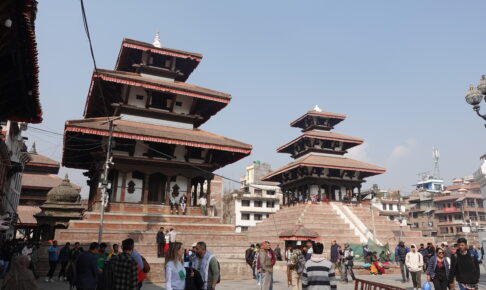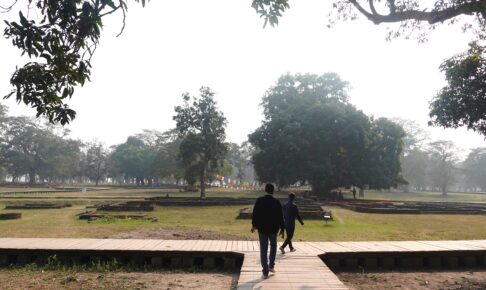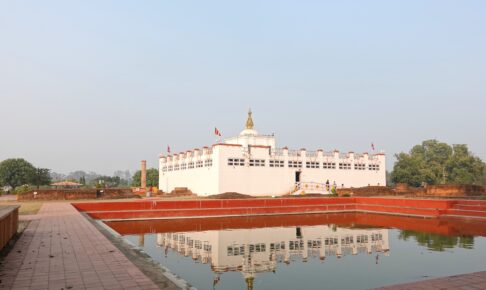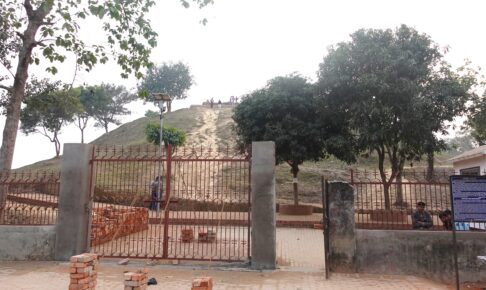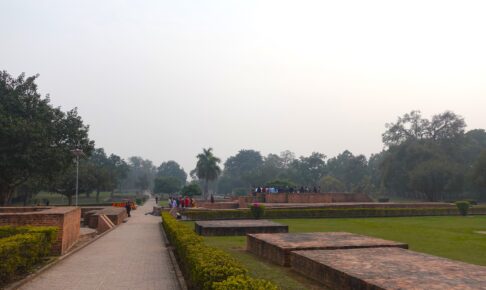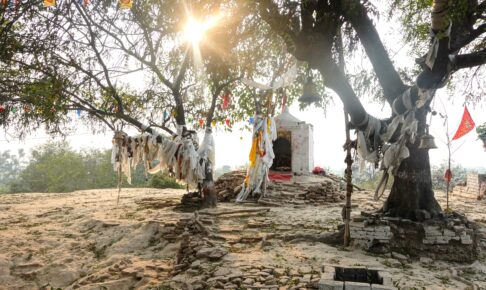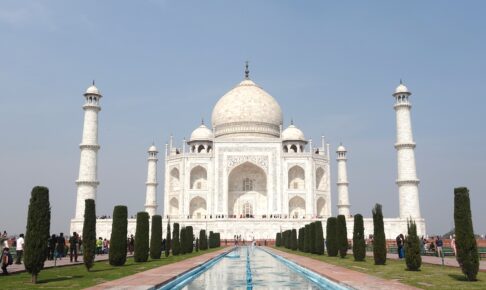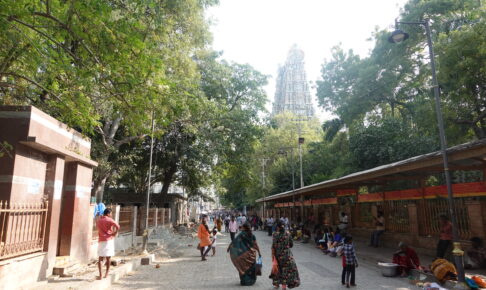(7)Fateful encounter with King Bimbisara To the Rajagaha in Magadha Country, the first destination after Buddha's ordination
The first place Buddha went to was Rajigir of Magadha. Magadha was one of the most powerful countries in India at that time, and its capital, Rajigir, was also a cutting-edge city in terms of economy and culture, and a gathering place for many religious leaders and thinkers.
Here Buddha will have a certain fateful encounter. This article will also discuss such an encounter between Buddha and King Bimbisara.












